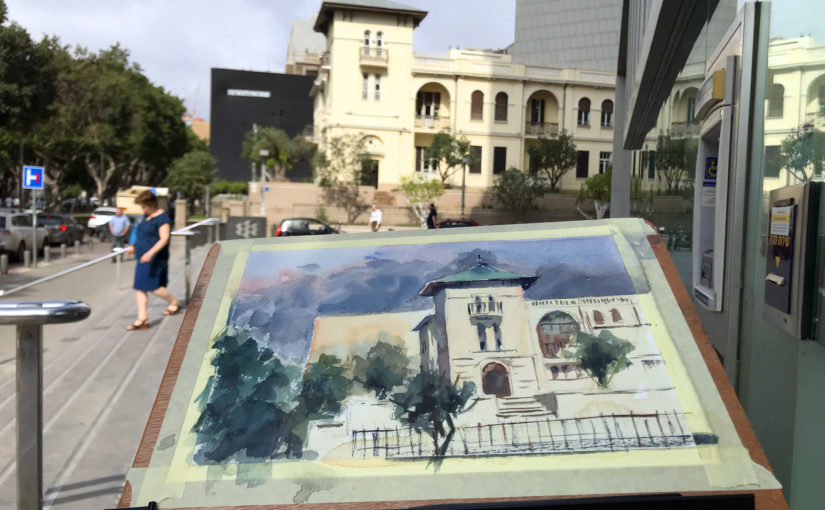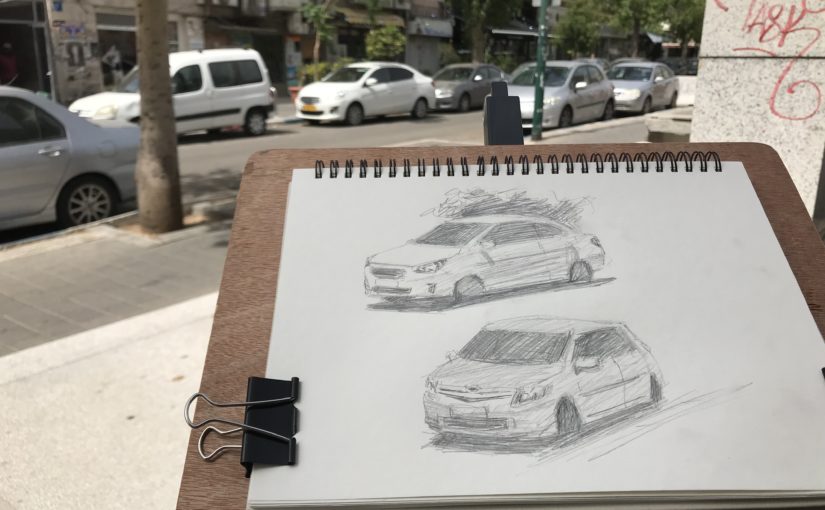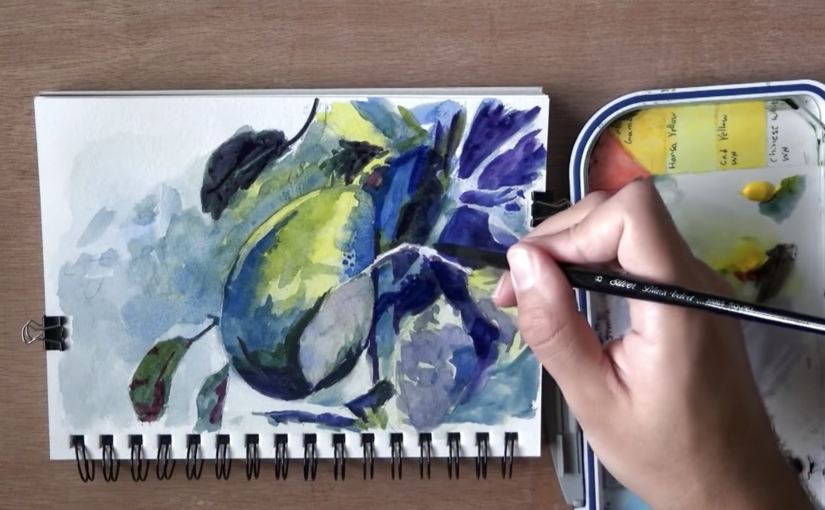Podcast: Play in new window | Download
Hi there! In this episode I talk about my sales and marketing funnel, through which I share my online video course on drawing and sketching.
Valuable Information for Artists
I think there’s not enough information out there about marketing and sales for artists. This is one of the white spaces I’m trying to fill up with my work.
As I’m very business oriented, and enjoy recording videos and podcasts, and writing – I try and leverage these skills to share my business insights.
Sales Funnel for Artists
My sales funnel is essentially a website. The goal of the funnel is to lead potential customers through a purchase process.
I sell several products using my funnel.
A funnel is a must. It’s a system that’s meant to automate as much of the sales process as possible.
I want to grow really big and reach and positively impact as many people as I can. One of the best ways of doing that is actually getting many students into my courses. A system like that is a must if you want to be well-organized and achieve some significant level of success.
Can You Sell Art?
It doesn’t really matter what you sell. The most important part is doing the proper research work. You need to know your market and customers really well.
You need to do audience research, competitors research and much more.
The New Course I’m Adding to my Sales Funnel
I’m currently in the last stages of working on a new, third course to include in my funnel. The course will go for 97$, and customers will be charged after a 7-day free trial.
This course is really meaningful, because it’s where I plan on finally getting some profit margins (for example when compared to my first course that goes for 24$).
Want to Learn More About Sales and Marketing?
I’m starting to talk about these topics a little more on my YouTube channel, as part of my Business Monday series.
If it interests you be sure to tune in to that. Here’s a Playlist of all the episodes: Liron’s Business Monday Show.
Let me know here / on YouTube if there are other topics you’d like me to talk about. I want to make this useful and practical.
And this is it for today, I hope you liked this one!
Artist Corner
Today I talked about Shari Blaukopf. She is an amazing artist from Montreal, Canada, and her urban-sketching style has a special place in my heart.
The reason is that this is what got me initially into watercolor painting. I fell in love with urban sketching, and the loose painting style that is so often seen alongside it.
She is an incredible painter and graphic designer. She actually had the opportunity to learn from Edgar Whitney, who is a master of the medium.
Shari also teaches as part of the Urban Sketchers organization.
You can learn more and see her work in her websites:
http://www.blaukopfwatercolours.com/
https://shariblaukopf.com/about/
Here’s where you can find me (:
You can support me on Patreon
Check out my YouTube Channel – Liron Yanconsky
Or ask me questions on Instagram – @LironYanIL or Snapchat – @LironYan3
And this is it. I hope you enjoyed this episode, and I’ll talk to you again real soon!
– Liron





